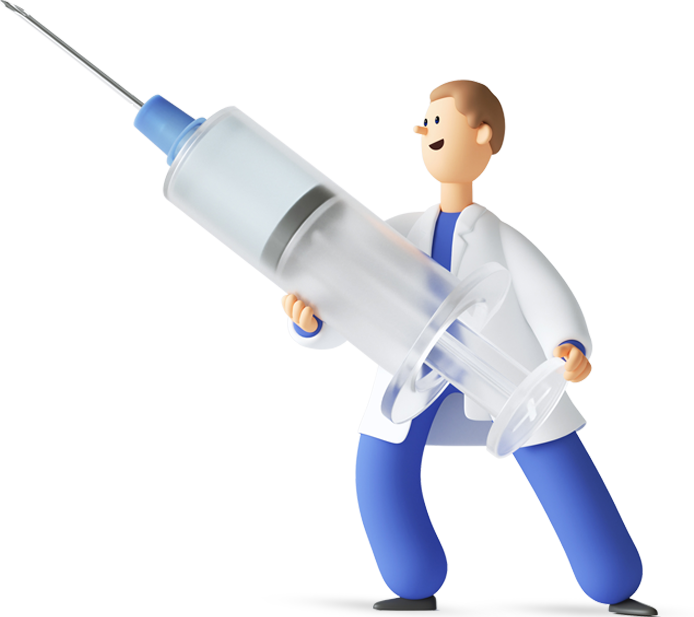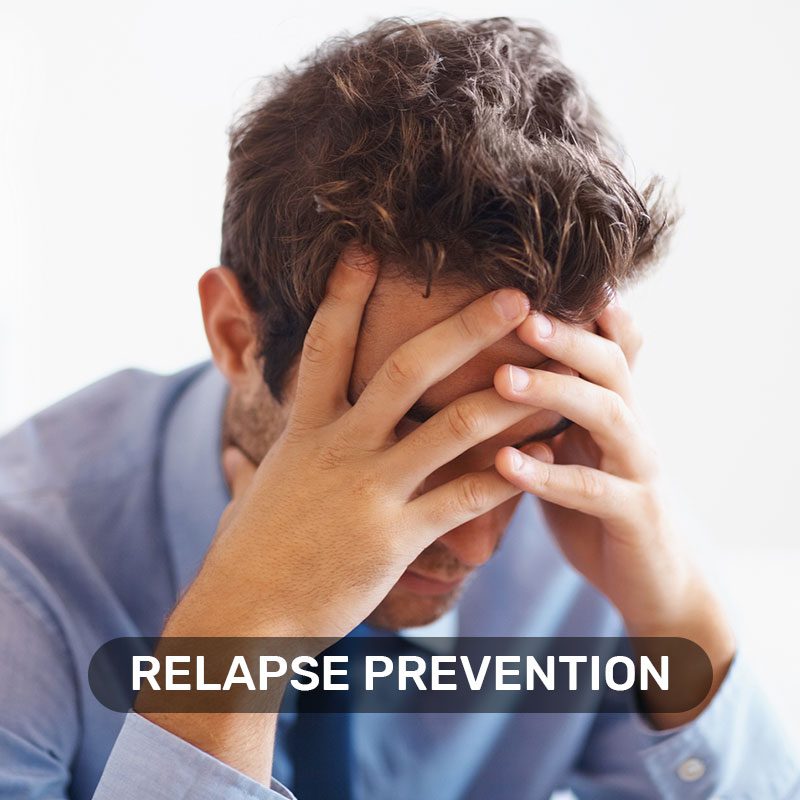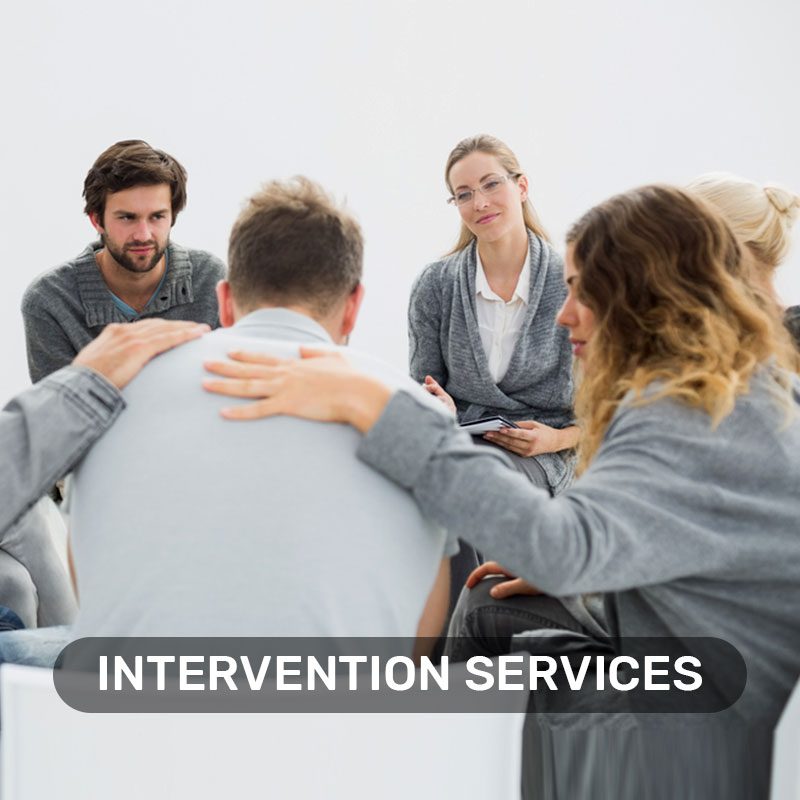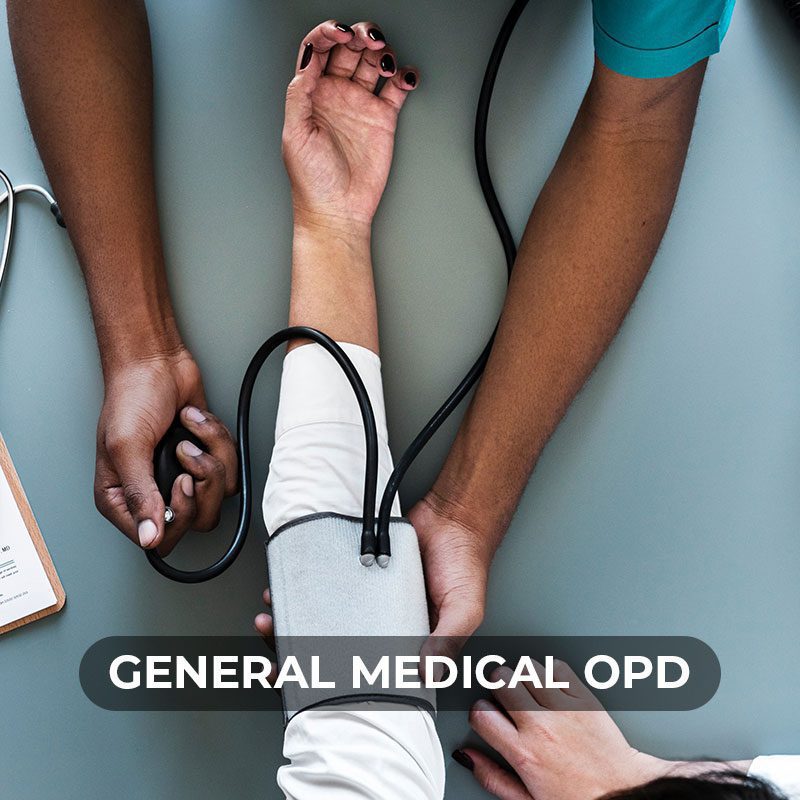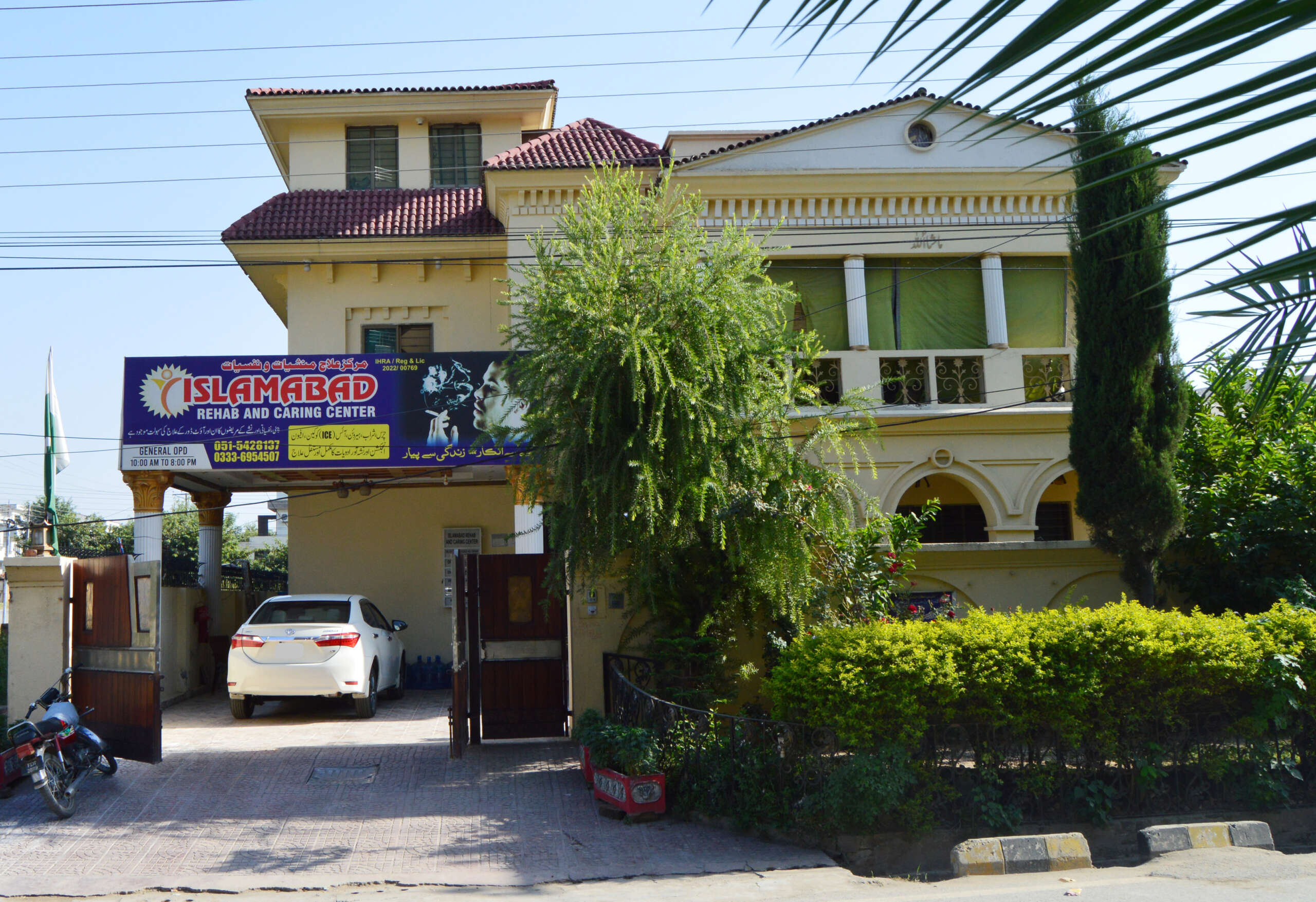
What is Anger Management?
The ability to regulate and express anger healthily is known as anger management. Everybody has occasionally felt and responded to this sensation. Addressing our anger-related anxieties is crucial to achieving the aim of abstinence from alcohol, drug addiction, and addictive behavior. Anger management strategies teach people how to control their emotions, channel their rage energy toward constructive activities, and avoid hurting other people. Anger management is one of the coping strategies taught at the Islamabad Rehab Center in Islamabad. We teach people to manage their stress, rage, and outbursts. Particularly in the areas of cravings, repercussions, regret, guilt, humiliation, and mental obsessions.
Anger Management at Addiction Rehab Center in Islamabad
We provide anger management classes, anger management treatment, and anger management exercises, as previously mentioned. A brief explanation and some samples of what one could expect from our weekly programs are provided below.
Week 1: First Week of Programming
Acknowledged as one of those negative ways to express anger. “A form of behavior that is charged with anger” is the definition of hostility. When someone utilizes hostility in a scenario, there are worries that they may act and behave inappropriately and unproductively, which might have negative effects. Building on the abilities and tactics that stop us or cause us to consider acting hostilely against people, places, and objects is the next level. We do this by offering appropriate self-reflection on our patterns, expressions, and actions related to anger.
Week 2: Programming Body Reaction to Anger.
Physiological changes follow anger. It’s essential for anyone attempting addiction recovery and treatment to understand and analyze the physical consequences of anger. Humans may apply the proper coping mechanisms and learning abilities when they are able to accurately define and identify the places where anger originates and appears. They can also detect the bodily warning indicators associated with anger.
Week 3: Programming in Week Three
Anger reactions and styles exhibit a wide variety. For instance, someone with a suppressing anger style will make a concerted effort to cover up or downplay their wrath. When someone has sneaky anger, they will subtly utilize their anger to irritate other people. They may also become passive-aggressive, undermine plans, and wilfully fail to complete tasks. When people believe that others are furious with them or that others are upset, but they are not truly aware of their anger, this is known as paranoid rage. When someone reacts and displays anger quickly, such as by making a scene, losing control, or vocally erupting, it’s known as sudden anger. Anger that stems from shame occurs when a person experiences poor self-esteem, thoughts of worthlessness, or emotions of inadequacy, and is sensitive to criticism from others. Using anger as a weapon of power, deliberate rage is a way to exert control over other people and circumstances. The impulse to be furious without considering the repercussions is known as addictive anger, and it leads to a need for confrontations. People with habitual anger are more likely to initiate disagreements and/or pick conflicts because they become upset by things that other people might not care about. Fighting for a cause and the restoration of justice is what moral anger is all about. Hatred is unresolved resentment, rage, and difficulty letting go.
Week 4: Programming in Week Four
Our mental processes and communication styles change when we are upset or annoyed. It’s critical to recognize that these emotions are neither intrinsically good nor evil. However, remember that the way you communicate your feelings dictates whether the result will be positive or negative. These difficulties may include strained relationships, a rise in health concerns, financial difficulties, legal troubles, etc. These difficulties may all be divided into visible and unseen categories. The brain is a unique organ that performs a wide range of physiological tasks. Understanding which brain regions are in charge of controlling our emotions and behavior is one goal of anger management therapy. We may make sense of anger management techniques and learn how to apply them when needed by understanding this connection. From a structural perspective, the emotional brain is part of the Limbic System, which includes the hippocampus, olfactory bulbs, amygdala, and hypothalamus. Being able to feel our emotions, sympathize with others, and appreciate the intangible parts of our existence is all made possible by the emotional brain. When we experience anger, the emotional brain is responsible for the sensation. The emotional brain is most affected by anger, as seen by increased heart rate, sweating, making rapid choices before gathering facts, and other symptoms. Understanding the emotional brain is necessary to stop future hostile conduct since it plays a part in circumstances when we have previously acted hostile toward others. The brain’s frontal lobes are home to the thinking brain. This region is in charge of all thought-related functions. More precisely: being aware, making decisions, planning, anticipating outcomes and rewards, thinking, coming up with new concepts, reasoning, comprehending cause and effect, etc.
Week 5: Programming in Week Five
We may better comprehend what requirements exist and how we could feel furious when these needs are not met by using Maslow’s Hierarchy of requirements as a theoretical framework. Physiological requirements for warmth, food, drink, and sleep. Security and safety are safety necessities. Intimate connections and friendship are needed for feelings of belonging and affection. Dignity and a sense of achievement are essential components of self-esteem. Self-actualization is reaching one’s greatest potential and being creative.
Week 6: Programming in Week Six
The limbic system of the brain includes the amygdala. It contributes to the management of fear and anger. Your brain is capable of keeping memories with an emotional component because of this ability. Another strategy the body employs to defend against a perceived threat is called “fight or flight,” which readies a person to either confront and combat the threat or run away. This causes a physiological reaction potential that includes sweating, shivering, tense muscles, fast breathing, and elevated heart rate. When discussing anger management, it’s critical to recognize the memories, impulses, and triggers that may set off the fight-or-flight response.
Week 7: Programming for Week Seven
Active addiction has kept many trapped in a box of guilt and shame for a very long time, making them feel as though they will never be able to climb out and be free. Feelings of shame and guilt can be challenging, and talking about them can be much more challenging. These two emotions are typically the foundation of anger and addiction, therefore it’s critical to recognize their manifestations in terms of location, timing, and manner. It’s also critical to be candid and transparent with yourself about how these feelings have been manifesting as rage and how this has enabled addiction.
Week 8: Programming for Week Eight
Anger is one way that guilt may manifest. However, guilt need not show up as animosity and rage. Reflecting on your guilt, seeing it as a chance for personal development, facing your guilt head-on, practicing self-forgiveness, making apologies to the person you have wronged, practicing forgiving others, managing shame, and finding meaningful closure are some strategies to deal with emotions of guilt.
Week 9: Programming for Week Nine
Rules for Fair Fighting: Identify what you’re feeling: Before you express anger, take a minute to recognize the feelings you are experiencing, the reasons behind them, and the supporting facts. Express your feelings through efficient communication. What kind of communication would be most beneficial and comprehensible in this circumstance? Keep your anger in check, keep on subject, and take your time. Concentrate on one problem at a time. Avoid using negative words; you may be courteous even when you’re furious. Give the other person an opportunity to speak as well. In a discourse, there should be equal power dynamics, room for different viewpoints, and a sense of mutual hearing. Permit collaboration. Avoid using force or physical violence. Strive for a shared understanding. Take a break from yourself. Say sorry if you have to.
Week 10: Programming in Week Ten
Taking on another person’s anger: Acknowledge the anger of the other person. Set up an emotional barrier. Recognize that emotions can spread easily and be careful to check in. Offer to help the other person. If the situation goes over your boundaries, leave it. Find a mutually satisfying solution.
Week 11: Programming for Week Eleven
Cycle of Anger: Triggering Event: An event or circumstance that triggers someone to feel irritated. A bad notion that set off a chain reaction of negative thoughts. Emotional response: An unpleasant emotional experience is likely to occur if a person’s negative ideas are not well controlled. Understanding the cycle, recognizing triggers, recognizing circumstances, and recognizing feelings that arise from a triggering event, negative thinking, or negative emotional response are all part of anger management.
Programming for Week Twelve
Addressing the Anger Cycle: What is the cause of the triggering event? What took place? How do I feel about it? What’s bothering me about this? Negative ideas: Recognize cognitive distortions, reframe the circumstance, and challenge your thoughts. Emotional reaction: What other emotions am I experiencing? What May be the cause? Physical symptoms: take a minute to relax and remember to breathe. Give yourself some time to consider if you should say anything at all or what you want to say. Muscles should be relaxed. Journal. Behavioral response: Describe your feelings and the reasons behind them to the other person. Be aware. Taking care of oneself.
Drug and Alcohol Use Related with Anger and Resentment
We provide anger management as part of our weekly treatment program at Addiction Rehab Islamabad. It includes 12 anger management class sections that are supported by research along with additional supplemental materials. Alcohol, drugs, and addictive behaviors are used by people with active addiction to avoid, intensify, or suppress feelings of bitterness and anger. The feelings we experience, which we suppress deep inside our hearts, brains, and souls, cause addiction, mental health problems, and other problems in our lives. Opening yourself up to the future of using anger management therapy to work with these experiences, thoughts, and behaviors is brave, healthy, and useful. A person may work on coping and living skills including communication, cognitive behavior therapy, and relapse prevention if they understand anger, how it shows up, how it is displayed, and where it originates.
For more information & appointment please contact:
Islamabad Rehab and Caring Center, please gives us a call at 0333-6954507 or email us at Islamabadrebabandcaringcenter@gmail.com
We'd love to hear from you!
We are here and always ready to help you. Let us know how we serve you and we’ll get back within no time.
